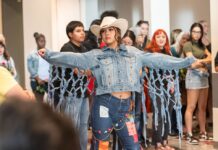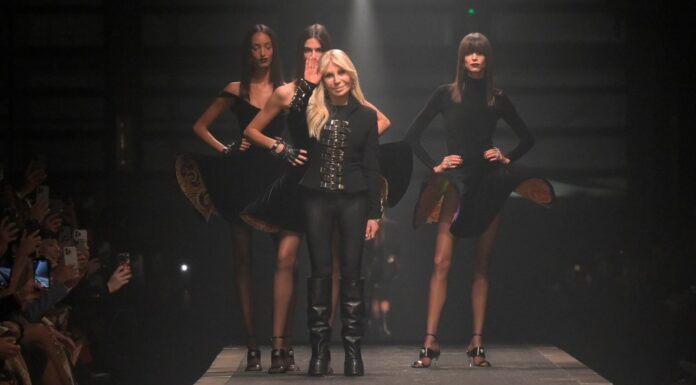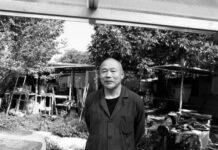Dec. 29—When the iconic artist Pablita Velarde attended significant events, she made sure to dress appropriately.
The clothing of Velarde, along with that of her daughter Helen Hardin and granddaughter Margarete Bagshaw, is currently exhibited at the Wheelwright Museum of the American Indian in Santa Fe until April 12, 2025.
Each painter gained recognition as among the best of her era, and their thoughtful and elegant approach to style solidified their legendary status.
These garments also represented their shared experiences. The clothing and jewelry served as a testament to their intricate, evolving family dynamics and closeness.
Pablita Velarde (Tse Tsan, Golden Dawn, 1918-2006) became a beloved figure in Native art circles for many years. Born in Santa Clara Pueblo, she remained active until her passing in 2006. She was the first woman to be a full-time student in Dorothy Dunn’s art class at the Santa Fe Indian School, known for her traditional style and accurate representations of Native American life and culture.
Through her daughter, Helen Hardin (Tsa-sah-wee-eh, Little Standing Spruce, 1943-1984), and granddaughter, Margarete Bagshaw (1964-2015), Velarde established a creative lineage.
Celebrating fashion influenced by Native American aesthetics, the women’s collection showcases an array of outfits, including skirts, blouses, dresses, jewelry, and footwear.
Curator Henrietta Lidchi noted that this exhibition was inspired by a previous show of Velarde’s jewelry.
“One of her outfits had been preserved in the Case Trading Post,” she explained.
Lidchi discovered that Velarde’s great-granddaughter, Helen Tindel, had multiple boxes filled with the women’s clothing and jewelry, prompting the idea for an exhibition.
“All three of them navigated the art world, and part of that navigation involved their presentation,” she explained. “They were on display, yet incredibly self-determined. Pablita was, in a sense, (Tindel’s) grandmother since Helen Hardin passed away before she was born.”
Velarde frequently shopped for clothes in Albuquerque at Margarete Chase’s dress shop, from which Margarete Bagshaw got her name, according to Lidchi.
Among her ensembles, Velarde had a green and yellow outfit adorned with appliqued corn and symbolic figures along the hem, paired with her silver squash blossom necklace for openings and markets.
She also wore a white cotton dress complemented by a blue woolen manta during the 1950s.
“That was one of the outfits she donned for tribal occasions,” Lidchi recalled. “Many photographs capture her wearing that belt.”
In 1971, Helen Hardin wore an off-the-shoulder green dress with embroidered details when she relocated to Colombia with her father. Her first solo exhibition was held in Guatemala.
She also sported a cotton polka-dot dress featuring turquoise, red, and white rickrack embellishments.
“It resembles a fiesta-style dress,” noted Lidchi.
The fashionable Bagshaw donned a unique one-shoulder dress with red ribbon trimming created by Josie Marquez.
“This clothing feels more like regalia than something for gardening,” Lidchi remarked. “These women were Native American artists trying to carve their path in a world vastly different from their own. It was a multifaceted challenge for independent women. There’s an emotional resonance to it.”
The exhibit features a case containing sketches, gifts, and photographs from the three artists.
“The clothing is more alike than one might expect,” Lidchi said. “It connects all the women during their youth.”






















